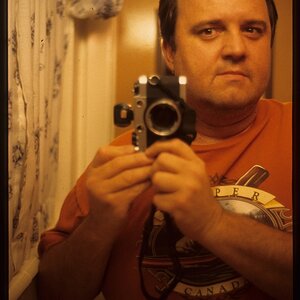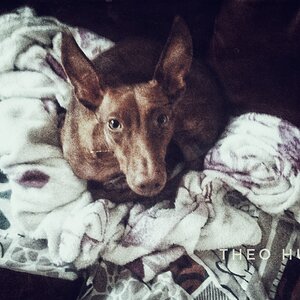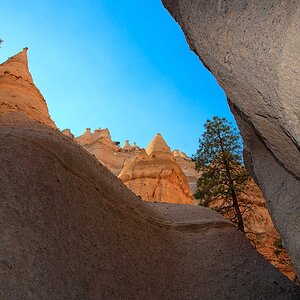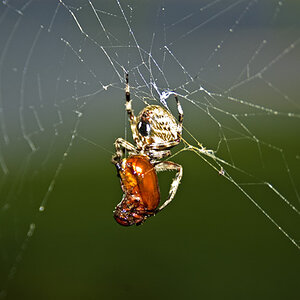badrano
TPF Noob!
- Joined
- Aug 1, 2013
- Messages
- 90
- Reaction score
- 23
- Location
- South Jersey
- Can others edit my Photos
- Photos NOT OK to edit
I have this pond down the road from my house and noticed that an egret was hanging out there. This is my first real try of wildlife photography and after almost a hundred pics at this pond (I had others of a blue heron and some cormorants) I have learned the lesson of camera hand shake especially when shooting at 200mm+.
These were shot with a D7100 and Tamron 70-300mm f4-5.6 ... mostly 200-300mm range.
Below are some of the egret pics.
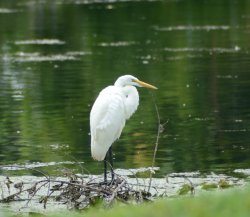
This was one of my sharpest pics. I rest my camera/hands on a bench.
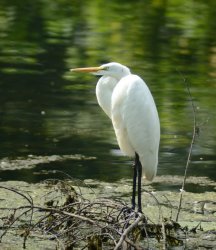
Another one of the more sharper pics
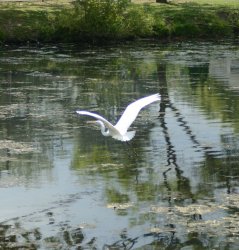
Not really sharp, but when I zoom in on the pic, I see a bluish aura around the wings and I can't figure out why/what caused it. I was at 1/1000sec with a f4.2 so I don't think it's an over exposure
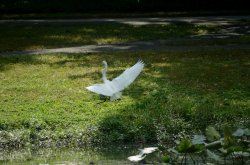
Flaps extended...check, Landing gear down...check
Thanks all.
These were shot with a D7100 and Tamron 70-300mm f4-5.6 ... mostly 200-300mm range.
Below are some of the egret pics.

This was one of my sharpest pics. I rest my camera/hands on a bench.

Another one of the more sharper pics

Not really sharp, but when I zoom in on the pic, I see a bluish aura around the wings and I can't figure out why/what caused it. I was at 1/1000sec with a f4.2 so I don't think it's an over exposure

Flaps extended...check, Landing gear down...check
Thanks all.


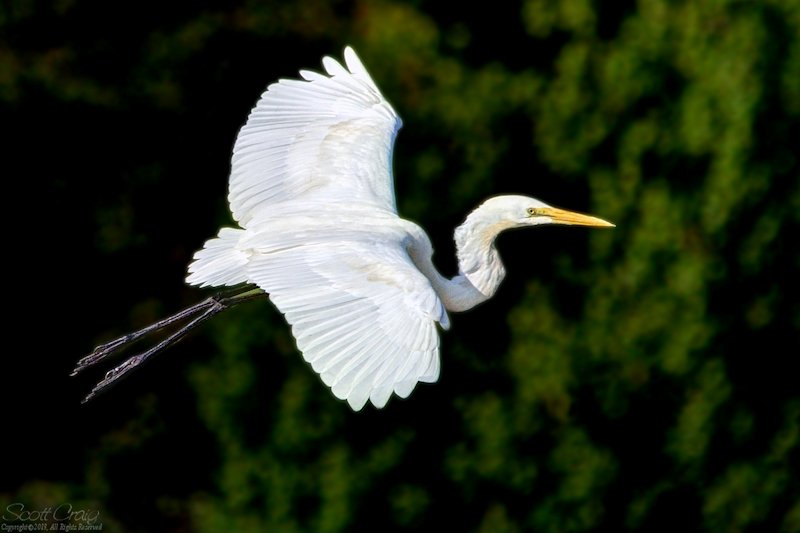

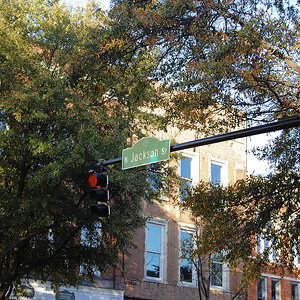
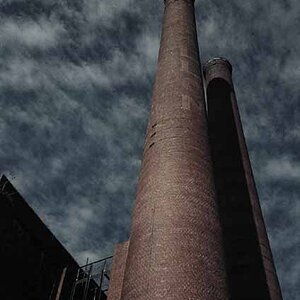
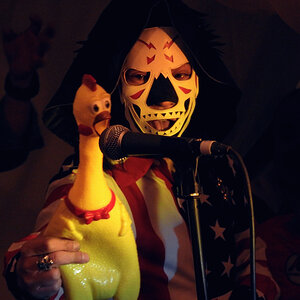
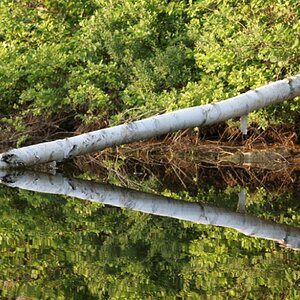
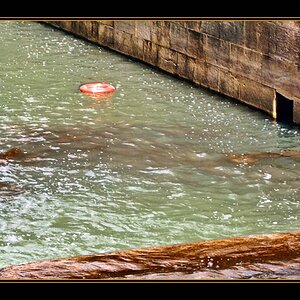
![[No title]](/data/xfmg/thumbnail/36/36393-86ce601930c671b92b6df002b7fcbd0b.jpg?1619737548)
